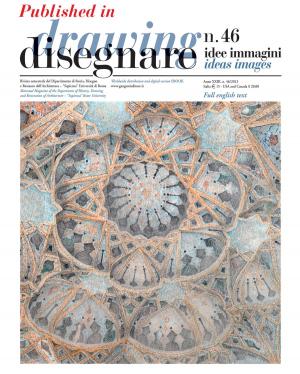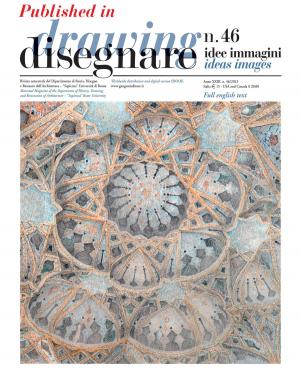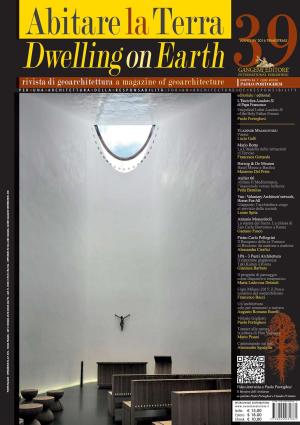Textiles in pre-Roman Italy: From a qualitative to a quantitative approach
Published in Origini n. XL/2017. Rivista annuale del Dipartimento di Scienze dell’Antichità – “Sapienza” Università di Roma | Preistoria e protostoria delle civiltà antiche – Prehistory and protohistory of ancient civilizations
Nonfiction, Social & Cultural Studies, Social Science, Archaeology, Anthropology| Author: | Margarita Gleba | ISBN: | 9788849242973 |
| Publisher: | Gangemi Editore | Publication: | January 24, 2019 |
| Imprint: | Gangemi Editore | Language: | English |
| Author: | Margarita Gleba |
| ISBN: | 9788849242973 |
| Publisher: | Gangemi Editore |
| Publication: | January 24, 2019 |
| Imprint: | Gangemi Editore |
| Language: | English |
Published in Origini n. XL/2017. Rivista annuale del Dipartimento di Scienze dell’Antichità – “Sapienza” Università di Roma | Preistoria e protostoria delle civiltà antiche – Prehistory and protohistory of ancient civilizations | Iconographic sources indicate that textiles were used for a variety of purposes by the Etruscans, Paleovenetians, Faliscans and other inhabitants of ancient Italy but until recently little was known about what these textiles actually were like. The latest and ongoing studies of the surviving fabric remains found primarily in burial contexts are for the first time permitting not only qualitative but also quantitative assessment of the data. The paper focuses on the recently analysed textile remains from across Italy, and places them in the wider context of Italian and European pre-Roman textile production.
Published in Origini n. XL/2017. Rivista annuale del Dipartimento di Scienze dell’Antichità – “Sapienza” Università di Roma | Preistoria e protostoria delle civiltà antiche – Prehistory and protohistory of ancient civilizations | Iconographic sources indicate that textiles were used for a variety of purposes by the Etruscans, Paleovenetians, Faliscans and other inhabitants of ancient Italy but until recently little was known about what these textiles actually were like. The latest and ongoing studies of the surviving fabric remains found primarily in burial contexts are for the first time permitting not only qualitative but also quantitative assessment of the data. The paper focuses on the recently analysed textile remains from across Italy, and places them in the wider context of Italian and European pre-Roman textile production.















